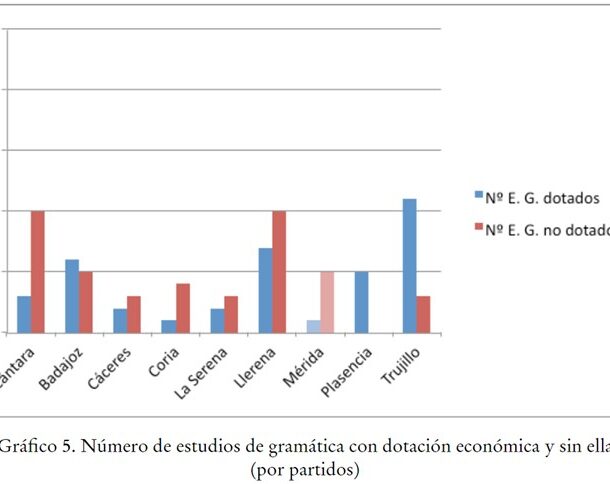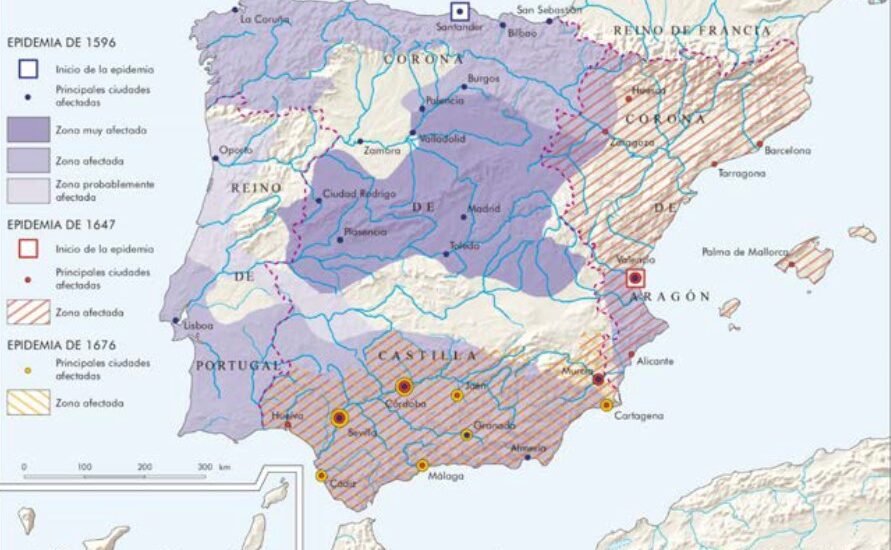
When we analyse the rural parish registers of the Iguña Valley in the 17th century, we can see the precocity with which the models of godparentage and spiritual kinship were adopted, with the aim of formalising and perpetuating certain Cantabrian clientelist networks. As can be seen in the resource, the level of homonymity between godparents and godchildren is quite significant, even more so if we compare it with the resulting level between consanguineous and related godparents.
The kinship denominated as spiritual increases from 1619 until the middle of the 17th century, when its highest general count develops until the end of the 17th century. On the other hand, consanguineous kinship begins to fall sharply from the middle of the century until it practically disappears, leaving its records almost completely in the face of the register based on homonymy.
Choosing a relative as godfather adds an extra layer of security to the solidarity relationship, mainly due to the function of acting as a substitute parent in case of misfortune, so choosing an uncle used to be the most functional or usual thing to do. This does not mean that all homonymous godparents belonged exclusively to the same family as the godchildren, and even less so in these rural communities where different kindreds shared similar surnames. They could also have been related generations ago, but not recently enough to be considered part of the same family group.
Collection: Graphics
Project: 3. Rural world and urban world in the formation of the European identity., 4. Family, daily life and social inequality in Europe.
Chronology: XVII
Scope: Secondary Education, Baccalaureate, University, Postgraduate
Link: http://www.tiemposmodernos.org/tm3/index.php/tm/article/view/409
Resource type: Graph
Format: Line chart
Source: Sánchez, H. F. (2014). "Patrones y prácticas asociadas al padrinazgo en un entorno rural: el valle de Iguña durante el s. XVII", en García, F. (Coord), Familia y sociedad rural en la España del Antiguo Régimen, Tiempos modernos, nº 29, p. 13.
Language: Spanish
Date: 2014
Owner: Roberto José Alcalde López (Modernalia)
Copyright: ©Tiempos Modernos ©Héctor Fernando Sánchez Diego
Abstract: Line graph showing the percentages of consanguinity and homonymy in the Cantabrian partentescos of the Iguña Valley for the 17th century
Tags






